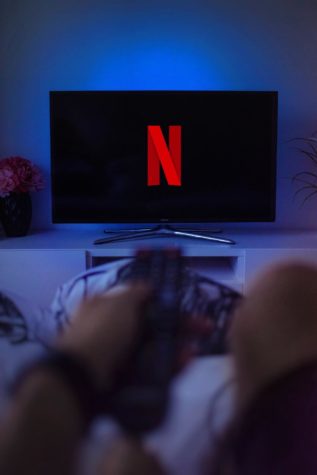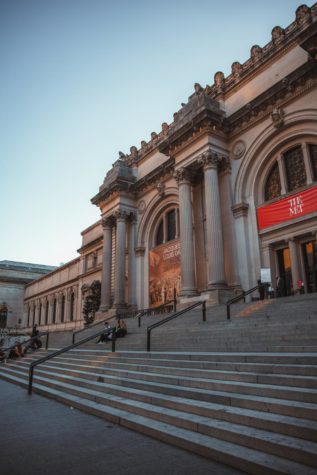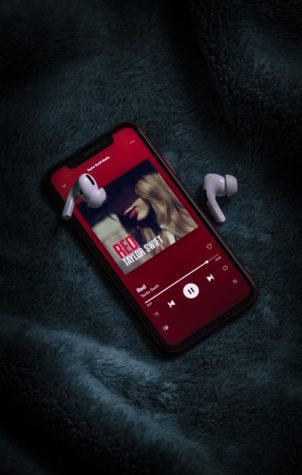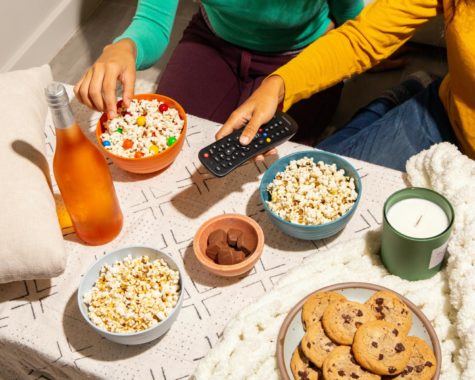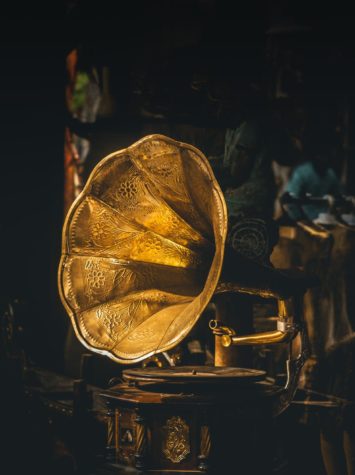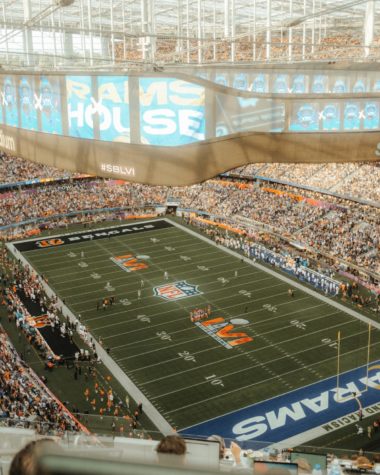Representation in Advertising
March 9, 2020
Two-year-old Oliver Garza-Pena was on a Target run with his mom when an ad for T-shirts caught his eye.
The ad featured a model sitting in a wheelchair, just like Oliver does. In a moment captured on camera that brought many on the Internet to tears, Oliver looked up in awe at the picture. Demi Garza-Pena, Oliver’s mom, said that “he couldn’t stop looking at it.”
Oliver has a rare condition called Caudal Regression Syndrome, which affects the lower spine, that has put him in a wheelchair. His mom shared the picture of Oliver at Target on a Facebook page called “Ollie’s World” that she made to spread awareness for his condition.
The push for more diversity in media is the result of a dated idea of beauty that idealizes the white, the skinny, and the abled. Many major companies are beginning to diversify themselves to break away from this standard.
For example, Aerie by American Eagle recently launched their #AerieReal campaign where they featured models of all sizes and stopped retouching photos. They also began featuring models with Down’s syndrome, vitiligo, an ostomy bag, insulin pumps, arm crutches, and a wheelchair. This campaign and others like it have been met with a lot of praise from the public, especially people with similar conditions who finally feel seen. One shopper tweeted, “I am about to cry. I NEVER see people with ostomies.”
Other companies moving toward diversification of models includes Gerber, who in 2018 announced that the winner of that year’s Gerber baby contest was Lucas Warren, a one-year-old boy with Down’s Syndrome.
A story similar to Oliver’s came up last August, when Maren Anderson, a 4-year-old just getting used to her new life in a wheelchair, was awestruck at an Ulta Beauty ad that featured a model in a wheelchair. Her mom, Carolyn, said “it just really spoke to us saying that she feels included, and she feels like she identifies with that, and belongs here just like everybody else.”
The recent steps that advertisers and media have taken to diversify themselves have made them much more representative, making kids like Oliver and Maren feel seen for the first time. As Demi Garza-Pena explained, “It meant a lot to me as a parent, to see my child look at somebody and feel that there are no differences, … That day, he was not left out. He was represented.”







